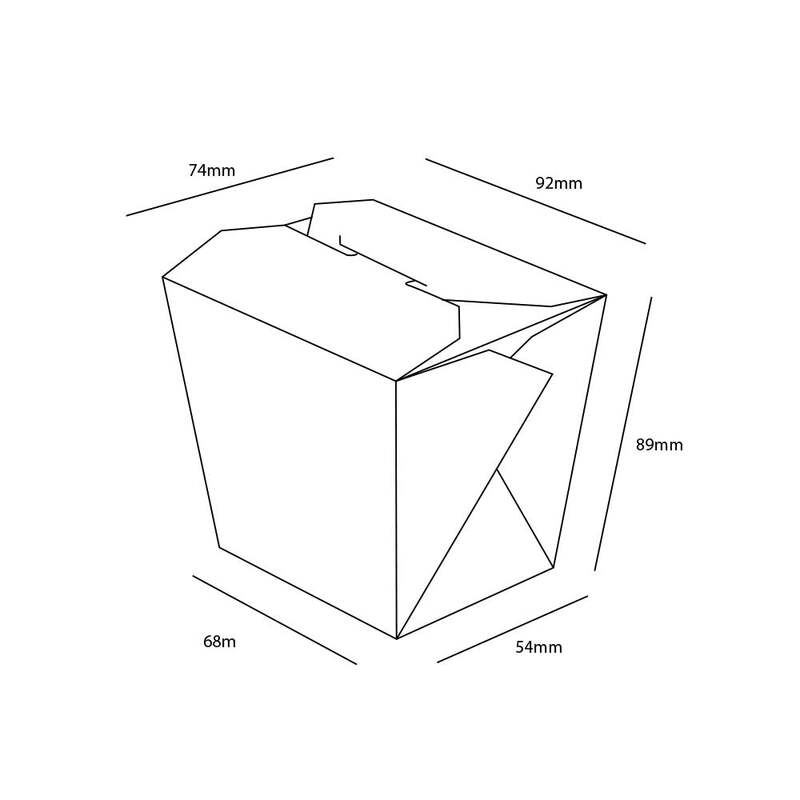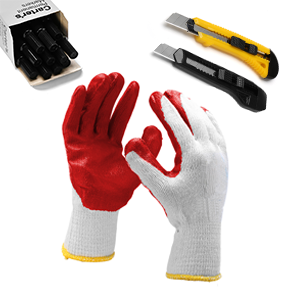- Overview of parchment and baking paper
in culinary applications - Material composition and technical advantages
- Comparative analysis of leading manufacturers
- Customization options and solutions
- Application scenarios and industry cases
- Quality certifications and sustainable considerations
- Key takeaways for choosing parchment and baking paper

(parchment and baking paper)
Introduction: The Role of Parchment and Baking Paper in Modern Food Preparation
In contemporary culinary environments, parchment and baking paper have become indispensable tools for both professional chefs and home bakers. These papers facilitate non-stick performance, simplify clean-up, and ensure uniform baking results. The demand for safe, cost-effective, and technologically advanced baking solutions has surged globally, as reflected in market data. A recent study by Grand View Research values the global baking paper market at USD 1.2 billion in 2023, with a projected CAGR of 5.7% through 2030. This increased adoption is attributed to a growing awareness of food safety standards and the need for eco-friendly disposable bakeware.
The variety of products spans traditional parchment and greaseproof paper to specialized Paper Baking Moulds engineered for unique bakery applications. Understanding their technical construction, comparative advantages, and practical applications helps businesses make informed decisions, optimizing product performance and sustainability.
Material Science and Technical Advantages
The distinctive performance of parchment and baking paper arises from carefully engineered material compositions. Standard parchment is produced through acid treatment and silicone coating processes, resulting in a non-stick, heat-resistant surface that withstands temperatures up to 230°C (446°F). Greaseproof paper, in contrast, relies on refining cellulose fibers for oil and moisture resistance but usually lacks high heat tolerance.
| Attribute | Parchment Paper | Greaseproof Paper | Paper Baking Moulds |
|---|---|---|---|
| Heat Resistance (°C) | 230 | 120 | 220 |
| Non-stick Surface | Silicone coated | No | Silicone embedded |
| Grease Resistance (Kit value) | 12 | 8 | 12 |
| Water Resistance (Cobb Test g/m²) | <20 | 35 | <20 |
| Reusability | Yes (2-3 times) | No | Single Use |
These modern baking solutions deliver high performance, enabling even heat distribution, elimination of burnt residues, and protection against cross-contamination. Technical innovations—like increased grease-repellent coatings and biodegradable matrices—redefine industry quality standards.
Leading Manufacturers: Comparative Industry Analysis
A rigorous comparison of industry leaders highlights the diversity in quality, product capabilities, and sustainability commitments. Major global suppliers include Ahlstrom (Finland), Metsä Tissue (Finland), Papstar (Germany), and KRPA Paper (Czech Republic). The following table summarizes their respective strengths:
| Manufacturer | Specialties | Global Market Share (%) | Certifications | Notes |
|---|---|---|---|---|
| Ahlstrom | High-temp parchment, eco-laminates | 32 | FSC, ISO 22000, BRC | Leader in sustainable solutions |
| Metsä Tissue | Parchment and greaseproof innovations | 21 | FSC, PEFC, ISO 14001 | Eastern European coverage |
| Papstar | Bespoke Paper Baking Moulds | 15 | FSC, BRC | Pie, cake, and food service niches |
| KRPA Paper | Greaseproof, colored baking papers | 8 | FSC | Customization leader |
Manufacturers differ not only in raw production capacity, but also in R&D investment and adaptation to evolving regulatory requirements. Ahlstrom is recognized for driving eco-friendly transitions, while Papstar's flexible portfolio meets niche customer needs. Selecting suitable partners depends on both business scale and sustainability objectives.
Customization Solutions and Tailored Offerings
Beyond standard stocks, the market for parchment and baking paper now prioritizes customization—offering bakery brands and food manufacturers a competitive edge.
- Dimensions and Shapes: Precise die-cutting for tray fit, round cake liners, tulip muffin cups, burger wraps, and sheet pans.
- Branding: Full-color logo printing, watermarking, and specialty patterning for product distinction.
- Material Modifications: Tailored coatings (double silicone, natural wax), multi-layer compositions for microwave or freezer compatibility.
- Functional Add-ons: Perforation, embossing, or anti-curl treatments for industrial bakery demands.
- Regulatory Compliance: Custom certifications for food contact, compostability, halal/kosher status.
Survey data from bakery supply managers indicates that 68% see custom-sized baking paper as critical for workflow efficiency, while 44% cite branded paper as key to consumer recall. The ability to offer rapid prototyping and small-batch supply is a distinct advantage for emerging brands seeking market flexibility without sacrificing quality.
Application Cases: Industrial, Artisan, and Home Settings
Parchment and baking paper are ubiquitous across food production environments, each with application-specific requirements. At a commercial scale, automated bakeries depend on roll-fed parchment sheets for high-volume cake, bread, and confectionery lines—reducing machine downtimes by up to 30% due to minimized sticking and residue. Hotels, restaurants, and catering (HoReCa) segments rely on uniform liners for pastry, en papillote cookery, and non-greaseproof tray bakes.
- Industrial Bakeries: Automated dough sheeting and high-output ovens demand parchment with unwavering release characteristics and stability across multiple cycles.
- Craft Bakeries: Decorative Paper Baking Moulds enrich product presentation while ensuring hygiene during proofing, baking, and display.
- Home Use: Pre-cut parchment rounds and sheets offer convenience, simplifying cleanups and supporting healthier cooking through reduced oil usage.
- Emerging Applications: Air fryer liners, pizza wraps, and eco-food service wraps illustrate growing diversification supported by product innovation.
Case study: A leading European croissant producer reduced post-bake cleaning time by 40% and increased throughput by 15% after switching from greaseproof to silicone-coated parchment, demonstrating both operational and financial returns.
Compliance, Quality, and Environmental Standards
Stakeholder focus on food safety, traceability, and environmental sustainability intensifies each year. All reputable parchment and baking paper products must comply with FDA (US), BfR (Germany), or EU Framework Regulation (EC) No 1935/2004. Certifications such as FSC, PEFC for responsible paper sourcing, and compostability logos (OK Home Compost, EN 13432) offer additional assurances.
According to European Confederation of Paper Industries (CEPI), usage of certified pulp for food-contact paper grew from 54% in 2018 to over 69% in 2022. Leading manufacturers now implement closed-loop water and energy recovery systems and have shifted to biodegradable coatings as consumer and regulatory pressure mounts.
- Product traceability from forest to finished roll
- Low migration and absence of harmful substances (e.g., PFAS/PFOA-free options)
- Waste reduction through recyclability and compostability
- Support for circular economy initiatives in the food packaging sector
Aligning procurement with these criteria not only strengthens food brand reputations, but also minimizes legal risk in increasingly regulated markets.
Conclusion: Choosing the Right Parchment and Baking Paper Solution
Selecting an optimal parchment and baking paper solution involves balancing technical demands, cost efficiency, and sustainability. Modern baking papers offer superior non-stick, grease-resistant, and heat-enduring benefits—attributes essential for consistent product quality and cleaner processes. Comparative data between parchment, greaseproof, and advanced Paper Baking Moulds supports nuanced product selection according to use-case complexity and volume need.
Reviewing the manufacturer landscape reveals a compelling spectrum of quality and innovation, from global giants to agile specialists with bespoke capabilities. Customization, brand differentiation, and rapid prototyping are shaping the next generation of bakery packaging and baking aids.
Finally, compliance with safety and environmental standards is no longer optional—traceable, responsibly sourced papers offer direct commercial and reputational benefits. In a marketplace increasingly shaped by regulatory scrutiny and consumer eco-awareness, the right parchment and baking paper partner ensures operational excellence and future readiness.

(parchment and baking paper)
FAQS on parchment and baking paper
Q: What is the difference between parchment and baking paper?
A: Parchment and baking paper are essentially the same product and used interchangeably. Both are heat-resistant and non-stick, suitable for baking and cooking. Sometimes, the term "parchment" is more common in the US, while "baking paper" is used in other regions.
Q: Can I use greaseproof paper instead of parchment paper for baking?
A: Greaseproof paper is moisture-resistant but not always heat-resistant like parchment paper. It may scorch or stick with high-heat baking. For best results, use parchment paper for baking tasks.
Q: Are parchment paper and Paper Baking Moulds safe to use in the oven?
A: Yes, both parchment paper and paper baking moulds are designed for oven use. They can withstand typical baking temperatures. Always check the manufacturer's recommended temperature limits.
Q: Can I reuse parchment and baking paper for multiple batches?
A: Parchment and baking paper can be reused if they are not overly greasy or burned. After heavy use, replace them for best non-stick results. Single-use is recommended for most delicate bakes.
Q: What are the benefits of using Paper Baking Moulds?
A: Paper Baking Moulds are convenient, disposable, and save cleanup time. They help maintain the shape of baked goods and ensure easy removal. They are also oven-safe and food-safe for baking various treats.



